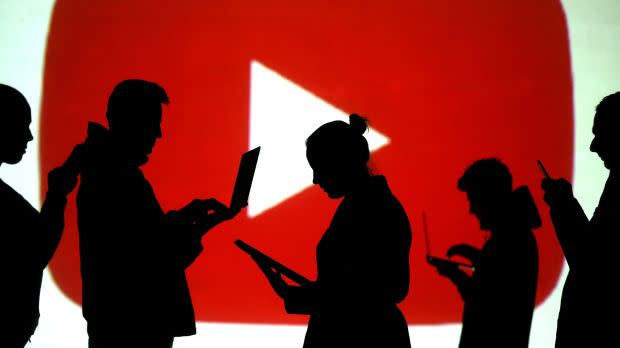YouTube Premium has quietly grown into a legitimate Netflix competitor

While traditional Hollywood studios have crowded the streaming field to compete with Netflix, YouTube has gradually transformed its old-school social media platform into an unlikely but legitimate competitor.
In the three months ending Sept. 30, YouTube’s advertising revenue rose to $7.2 billion and YouTube Premium subscribers passed the 50 million mark, Alphabet, YouTube’s parent company, disclosed in its quarterly earnings report (pdf) Oct. 26.
At $12 per month for a YouTube Premium subscription, which also includes YouTube Music Premium, the roughly $600 million potential return from those sign-ups represents only about 8% of YouTube’s overall revenue. Still, it puts YouTube’s total revenue now within striking distance of the $7.4 billion Netflix recorded in its most recent quarter and means the mostly user content-led platform is a serious combatant in the realm of subscription-based streaming video services.
Streaming services consume 26% of the time viewers are watching television, a Nielsen study revealed, with Netflix and YouTube each accounting for 6% of that number with Hulu, (3%), Amazon Prime Video (2%), and Disney+ (1%) all lagged far behind. The findings are unambiguous: The fight for the top in streaming—and the subscription dollars that comes with it—is between Netflix and YouTube.
Pre-pandemic, YouTube’s revenue was $15 billion for 2019, rocketing to nearly $20 billion by the end of 2020, thanks in part to viewers who were forced to stay home during lockdowns. YouTube Premium had roughly 20 million subscribers in 2019, Alphabet CEO Sundar Pichai disclosed. That subscriber count surged to 30 million by the end of 2020, and despite subsiding pandemic lockdowns, added another 20 million subscribers to reach 50 million in 2021, indicating that the growth curve for YouTube Premium is accelerating.
YouTube and Netflix take different paths toward locking in subscription video content viewers
One of the primary differences between YouTube Premium and Netflix is the original content segment. Both services are known for licensing existing video content from Hollywood studios, but Netflix is the hands-down winner with regard to producing original content. YouTube dabbled in this area a couple of years ago, landing a hit with Cobra Kai, but that show has since moved to Netflix. Now YouTube has largely pulled back from its previous strategy of producing big-budget, paywall-locked scripted original series in favor of backing ad-supported unscripted programming.
The ads on YouTube Originals can be turned off with a YouTube Premium subscription, which also allows users to download videos for offline viewing, and view videos in the background while other apps are operating.
YouTube’s decision to lean into its strength of user-generated content, and the unscripted and documentary original content that mirrors the unfiltered nature of the majority of its offerings, suggests the platform is finally embracing its identity. YouTube is no longer trying to create your favorite binge-worthy series, and instead is confident using a slightly different strategy that’s not reliant on Hollywood stars and multimillion-dollar productions.
Sign up for the Quartz Daily Brief, our free daily newsletter with the world’s most important and interesting news.
More stories from Quartz:
